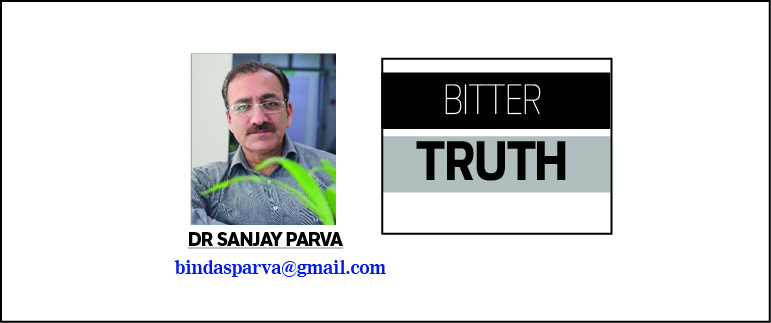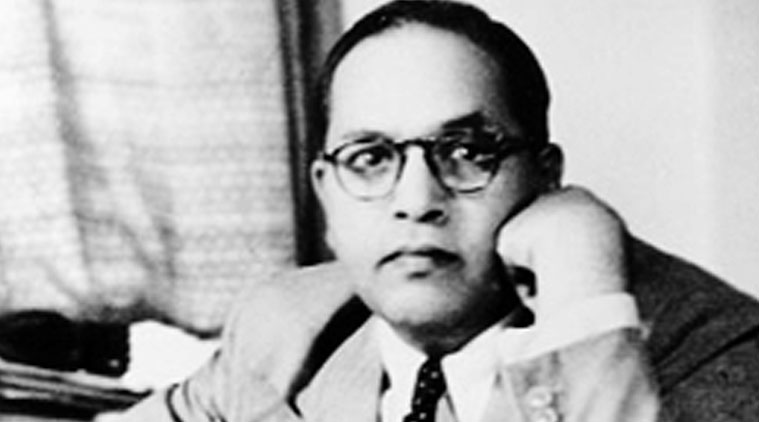The Darbar Move is a tradition steeped in history – a biannual migration of governance that once symbolized unity across the regions of Jammu and Kashmir. Instituted by the Dogra monarchy, it aimed to harmonize the two contrasting regions, one lying beneath the chill of the mountains, the other thriving in Jammu’s winter warmth. Today, however, the move has come to represent something altogether different: a political relic that has lost relevance amid the demands of modern governance. With New Delhi having questioned its necessity and eventually terminated in June 2021, and Omar Abdullah government bent upon bringing it back on wheels, a deeper debate has emerged. If Jammu were to become a separate state, what would this mean for Omar Abdullah and the National Conference, whose political fortune has so long rested on the pretense of unity between the regions, but on ground none of it actually having been felt? And where would Omar Abdullah’s Darbar move, if not across the Banihal pass?
Kashmir’s Changing Masters: New Rulers, Same Empire
If one steps back to observe the arc of Kashmir’s political history, a pattern emerges: British rule, Dogra rule, and now the rule of the National Conference – a party that, since its inception under Sheikh Mohammad Abdullah, has cultivated an almost proprietary claim over the Valley. While the British were forced to depart, and the Dogras’ rule ended with the accession to India, Sheikh Abdullah and his successors transformed themselves from freedom fighters to the very “owners” they once opposed. Much like Jawaharlal Nehru’s idea of India as a secular nation-state led by a unified Congress, Sheikh Abdullah envisioned Jammu and Kashmir under his family’s leadership – a legacy that he believed was as much his birthright as India was Nehru’s.
In truth, the shift from the British and Dogra rulers to Sheikh Abdullah’s leadership in 1947 marked a change of hands, not a change of destiny. The Valley’s new leadership, like its predecessors, operates under a deeply entrenched sense of entitlement, perceiving themselves as the rightful stewards of this land. Abdullah’s National Conference today holds power much like the British and Dogras once did, claiming it has liberated Kashmir from external rule, yet adopting similar practices in consolidating power. Omar Abdullah’s recent rhetoric around the Darbar Move, Article 370, and reclamation of statehood has less to do with addressing tangible issues affecting common Kashmiris and more with fueling sentiments that reinforce his family’s political legacy.
Shifting Narratives, Empty Causes
The Abdullahs, like other long-standing political dynasties, are no strangers to reframing issues for their own gain. From the revocation of Article 370 to the cessation of the Darbar Move and demands for statehood restoration, Omar Abdullah’s government has channeled its energy toward narratives that hold great sentimental value but offer little tangible benefit for the common Kashmiri. These causes, heavily romanticized, find an echo in the public’s nostalgia, stoked by decades of National Conference propaganda. Yet these are issues that primarily serve the party’s legacy, and that often sidestep the genuine and immediate needs of the people: economic opportunity, public infrastructure, healthcare access, and employment.
The reality on the ground in Jammu and Kashmir today is that the Union Territory faces critical challenges that have reached a crisis point. These issues – crippling infrastructure, inadequate healthcare facilities, a dismal job market, and stunted economic development – loom large in the lives of ordinary Kashmiris. The octopus-like tentacles of these problems are spreading wider and deeper every year, affecting everything from young people’s career prospects to the quality of life in rural and urban areas alike. While these issues rarely appear in Omar Abdullah’s speeches, they are the ones that demand immediate attention. Instead of energizing his base on emotionally charged but symbolically hollow causes, Omar could focus his political capital on securing genuine, developmental change for Kashmir.
Missed Opportunities for Real Development
If Omar Abdullah were truly concerned with the welfare of the people he claims to represent, he would push for an agenda that aligns with their pressing needs. While addressing the lingering questions of autonomy and representation is important, these discussions should not come at the expense of day-to-day governance and development. The state of Jammu and Kashmir is ripe with untapped potential in infrastructure development, agriculture, tourism, and skill-based employment. Yet these avenues remain unexplored, while unemployment rates soar and public services stagnate.
Consider the possibilities if Omar’s government leveraged its influence to partner with the central government in a robust developmental push: modernizing healthcare facilities across the UT, implementing comprehensive skill-development programs that align with emerging industries, and upgrading public infrastructure – roads, schools, and connectivity – that has languished for decades. These are the kinds of initiatives that could revitalize Kashmir’s economy and uplift its people. Rather than clinging to old narratives that no longer serve the current reality, the Abdullahs could turn a new page, one that aligns with the aspirations of Kashmir’s youth and the dignity of its citizens.
A Call for Tangible Governance
If Jammu were indeed to separate from Kashmir, Omar Abdullah’s political narrative would likely face an existential crisis. Without the Darbar Move as a unifying symbol, the National Conference would lose one of its most cherished rallying points. And, in the process, Omar would be forced to confront a more substantial question: how will he govern a Kashmir that has become increasingly frustrated with outdated sentiments and empty promises? Where would his government find relevance in a Valley that demands progress, not nostalgia?
The answer lies not in the old rhetoric but in a bold shift toward meaningful, results-driven governance. Rather than retreating to issues that are largely symbolic, Abdullah could embrace a vision that emphasizes development, transparency, and genuine empowerment. The Valley has waited long enough. It deserves a leadership that is willing to step beyond tradition and nostalgia, addressing the practical realities that impact everyday lives and preparing Kashmir for a future that benefits all its people.
An author, a communications strategist, Dr Sanjay Parva was a debut contestant from 28-Beerwah 2024 Assembly Constituency
(The views expressed are exclusively of the author)






